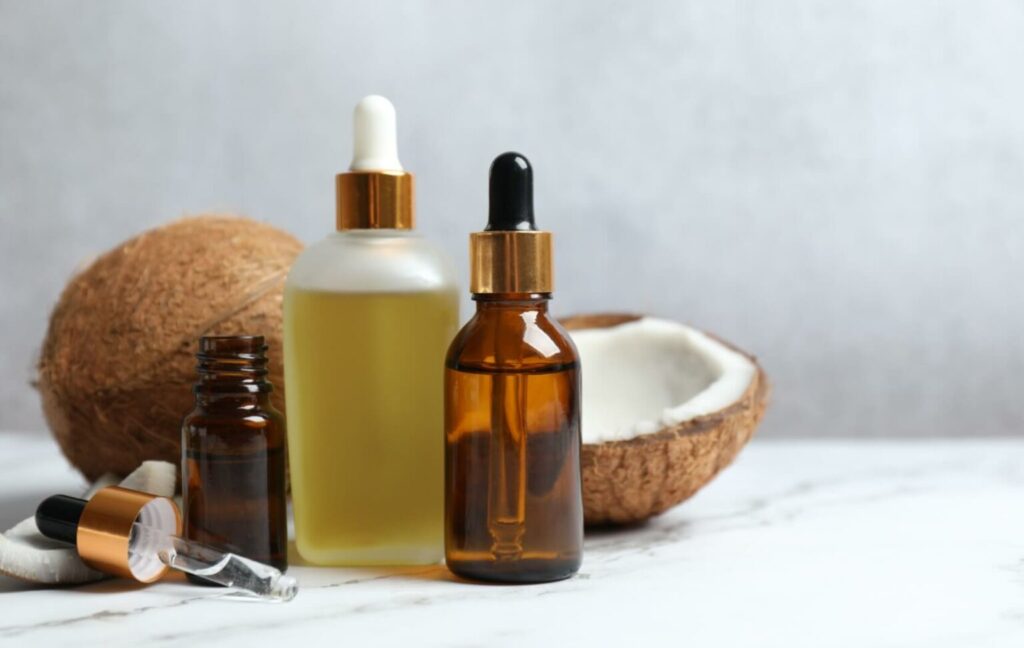In the ever-evolving landscape of natural health and holistic trends, coconut oil often captures significant attention. Its versatility has earned it a devoted following across skincare and healthy eating circles. Some claim that oil pulling, or swishing coconut oil around the mouth, can lead to a whiter smile, but can it?
There’s limited evidence that oil pulling can whiten your teeth. However, this natural oil may offer other benefits for oral well-being. However, for whiter teeth, you’ll likely see better results from consulting your dentist for personalized teeth whitening solutions.
What is Oil Pulling?
Oil pulling is an ancient practice rooted in Ayurvedic medicine, originating in India. The process involves swishing a small amount of edible oil (like coconut, sesame, or olive oil) in your mouth for up to 20 minutes before spitting it out. Proponents of oil pulling claim it detoxifies the mouth, reduces bacteria, and can even whiten teeth.
While intriguing, major dental associations like the American Dental Association (ADA) note there’s not enough scientific evidence to recommend oil pulling as a definitive oral care technique. However, that hasn’t stopped people from exploring its benefits.
Why Coconut Oil?
Coconut oil is particularly popular for oil pulling because it contains lauric acid, which is known for its antimicrobial and anti-inflammatory properties. Its pleasant taste and potential perks make it a go-to choice among practitioners.
Potential Benefits of Oil Pulling
There is limited evidence to support claims that coconut oil whitens teeth. Instead, its benefits lie more in promoting oral hygiene, indirectly contributing to a cleaner, healthier mouth.
While there’s no guarantee you’ll achieve a Hollywood-bright smile, oil pulling with coconut oil has shown some encouraging oral health benefits.
1. Reducing Harmful Bacteria
Oil pulling may help lower levels of harmful bacteria like Streptococcus mutans, which contribute to plaque buildup and cavities. A few small studies suggest that swishing oil in the mouth can reduce bacteria, but more research is needed to confirm these findings.
2. Treating Bad Breath
A 2017 study found that oil pulling with sesame oil was as effective as chlorhexidine mouthwash in fighting halitosis (bad breath). While coconut oil wasn’t directly studied, its antibacterial properties may offer similar benefits.
3. Anti-Inflammatory Properties
Coconut oil is known for its anti-inflammatory effects, which may help soothe gums and reduce plaque formation. Healthier gums mean a reduced likelihood of conditions like gingivitis.
Potential Risks of Oil Pulling
Though generally safe, oil pulling does come with a few considerations to keep in mind.
- Allergies: If you have a known allergy to coconut, stay clear of using its oil for your oral care.
- Accidental swallowing: Swallowing the oil can lead to mild digestive issues, like diarrhea.
- Lipoid pneumonia: Rarely, droplets of oil can accidentally enter the lungs, possibly leading to lipoid pneumonia. While uncommon, this indicates how proper technique is essential.
- Lack of evidence: The ADA states that oil pulling should not replace regular brushing and flossing.
If you’re keen to try oil pulling, consider consulting your dentist first, especially if you have existing oral conditions.
Struggling with Stained Teeth?
While oil pulling might offer some oral health perks, achieving a visibly whiter smile often involves understanding the causes of tooth discoloration. Here are some common culprits behind stains on your teeth:
- Consumables like coffee, tea, red wine, or curries
- Tobacco use, including smoking and smokeless products
- Poor oral hygiene habits
- Aging, which naturally wears away enamel
- Side effects of medications
Preventing Stains
Good oral hygiene is your first line of defense against discoloration. Brush twice daily for two minutes, floss once a day, and schedule professional cleanings regularly. Reducing sugary foods and stain-prone beverages can also help maintain a naturally bright smile.
Alternatives to Whiten Teeth

If your goal is to achieve a whiter smile, there are other, more effective options than oil pulling. These range from over-the-counter products to professional whitening treatments. Surface Whiteners
Toothpastes and chewing gums designed for whitening can remove mild surface stains. They act as mild abrasives and are safe when used as directed. However, they don’t affect deeper discoloration.
Professional Whitening Services
For the best results, professional whitening at a dentist’s office is the gold standard. Dentists use high-grade bleaching agents activated by light or heat to remove deep-set stains.
At Shin Dentistry, we offer tailored whitening solutions. Our professional services not only deliver immediate results but also ensure your teeth stay healthy throughout the process.
What to Expect During Whitening Treatments
At Shin Dentistry, our teeth whitening begins with applying a specialized gel to your teeth. We then activate the gel using LED light. The process is quick, safe, and highly effective. However, it’s important to note that dental work like fillings or crowns won’t whiten, though our team can match new restorations to your current shade for a seamless look.
Get Whiter Teeth Today
If you’re curious about oil pulling, it’s a low-risk practice that may offer some oral health benefits. However, it’s not a substitute for proven dental hygiene practices like brushing, flossing, and professional cleanings. Combine your daily oral care with effective whitening techniques to achieve the healthy, bright smile you’re after.
For personalized whitening recommendations or to explore professional options, book a consultation with Shin Dentistry today. Our team is committed to helping you enhance your smile safely and effectively.



